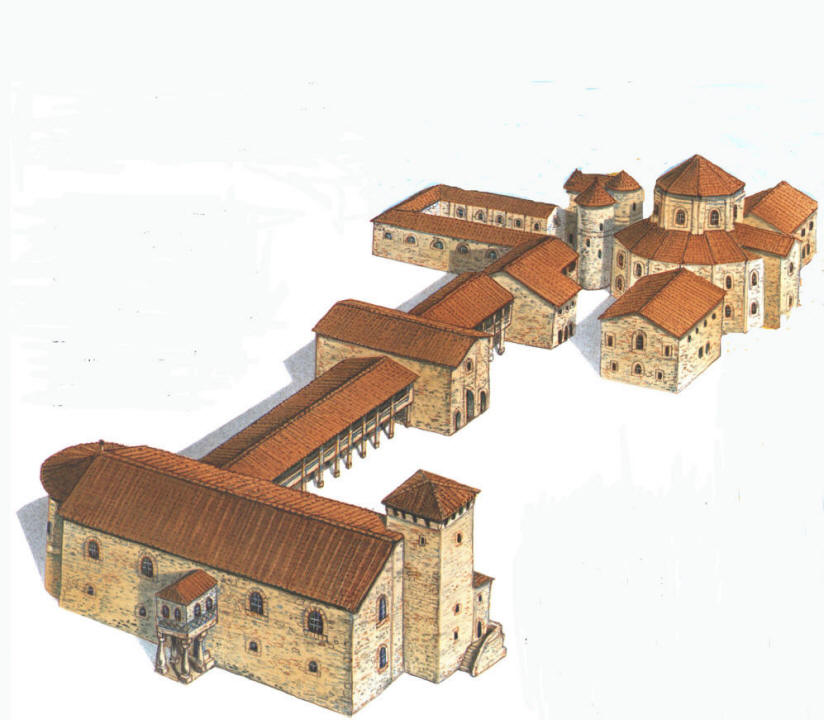History of Charlemagne's Chapel In Aachen |
|
History of Charlemagne's Chapel In Aachen |
|

The creation of a "New Rome" was
Charlemagne's guiding vision when he began the construction of the Palace Chapel in the
former Roman spa resort Aachen (Aix-la-Chapelle) in ca. 786 - laying the foundation stone for one of
Europe's oldest Northern stone buildings.
The cathedral obtained its present shape in the course of more than a millennium. The core
of the Aachen cathedral is the formerly mentioned Palace Chapel - at the time of its
construction it was the largest church north of the Alps. Its fascinating architecture
with Classical, Byzantine and Germanic-Franconian elements is the essence of a monumental
building of greatest importance. It was modeled after the Church of San Vitale in
Ravenna. For 600 years, from 936 to 1531, Aachen cathedral was the church of
coronation for 30 German kings. In order to bear the enormous flow of pilgrims in the
Gothic period a choir hall was built: a two-part Capella vitrea (glass chapel) which was
consecrated on the 600th day of Charlemagne's death.